A Place of Memory of the Economy of New France
Îlot des Palais is one of Québec’s richest archeological sites. The digs begun in 1980 by Université Laval archeology students and professors have unearthed several layers dating from the 17th to the 20th century—the remains of the three palaces and two breweries that occupied the site in succession. In this case, beer and education were a good mix.
From brewery to palace
In 1668 the intendant of New France, Jean Talon, had a large stone building commissioned for this site, with the intention of producing 4,000 barrels of beer a year, but the project was too ambitious for the young colony and business soon dried up.
Fifteen years later, Intendant de Meulles proposed enlarging the building to make it the official residence of intendants. It would also house the Sovereign Council, the King’s Stores, and a prison. It was three storeys high and 67 metres long.
A seat of power
The intendant was in charge of the civil administration of the colony—its economy, trade, justice, and settlement. He carried more clout than the governor, who was entrusted with foreign affairs and the military, making this an important seat of power not only for Québec but for the entire colony and the French territories that covered half the continent.
Fire!
On January 5, 1713, the building was destroyed by fire. Intendant Bégon and his wife barely escaped the flames, but three of their servants lost their lives. Bégon had a more luxurious stone palace built across from the site of the one that burned down, which would be rebuilt as the King’s Stores and a prison. The new Intendant’s Palace rested on impressive vaulted cellars that have survived to this day.
A third building
This residence, completed in 1719, went up in flames six years later. The King’s Engineer, Chaussegros de Léry, rebuilt it without major changes. This third palace survived the siege of Québec by the British in 1759, who burned it down in 1775 when it was held by American troops during the Revolutionary War.
Back to its roots
In 1852 the site returned to its roots when Irishman Joseph Knight Boswell opened the town’s biggest brewery. He used the vaults from the former palace as storage for his beer barrels. He would later build several other facilities on site. In 1952 Boswell Brewery merged with Dow—the competition. Brewing continued until 1968, when almost everything was torn down.
A first-rate field school
In the early 1980s, Université Laval’s archeology professors pushed to have Îlot des Palais used as a field school. They were aware of the site’s outstanding archeological potential and suggested that undergraduate students do field work under the supervision of a professor and their graduate counterparts. The first digs exposed the remains of the original brewery and a first Intendant’s Palace. In the 2000s, the excavations looked at different time periods over the entire site.
The artefacts found here included items traded with the Aboriginals for furs, in particular richly decorated gun parts. Sections of the old stockade and dock were also found. But the most amazing discovery was of four Egyptian figurines presumed to have belonged to Intendant Dupuy, who loved all things Egyptian.
Ville de Québec became involved, and over time this site where hundreds of professionals were taught their craft became the capital’s biggest excavation project.
Related medias
Artifacts
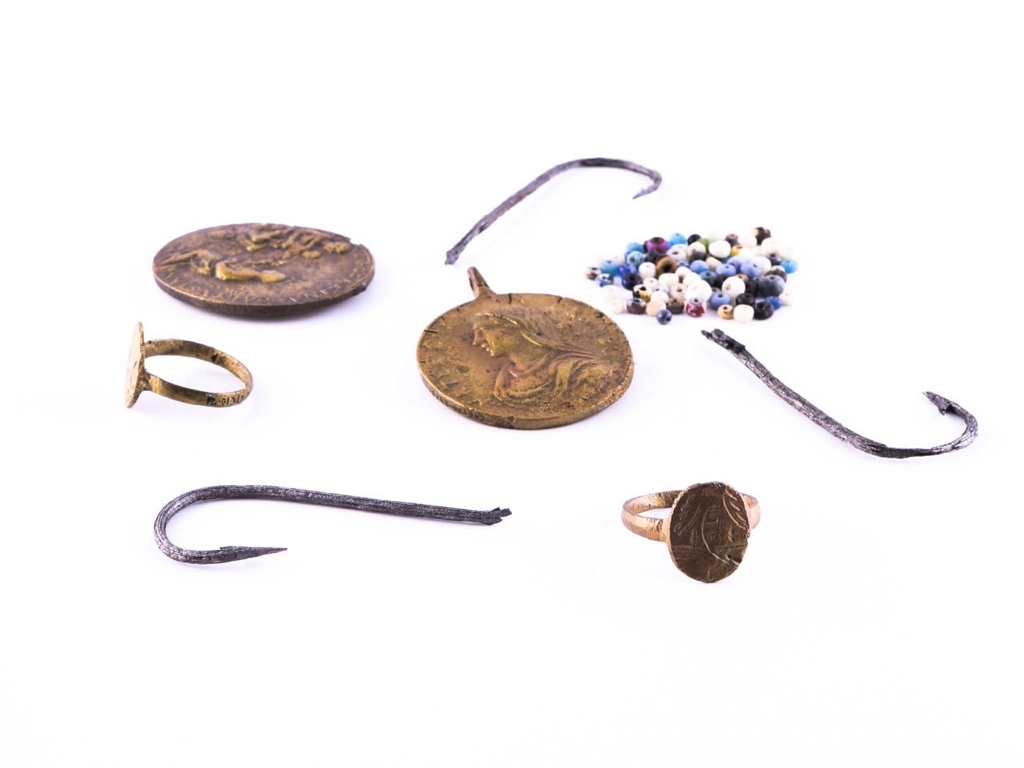
A ring believed to have belonged to a Jesuit, religious medals, fish hooks, glass beads. Intendant’s palace, 1686–1713. Found at the site. City of Québec archeological collection
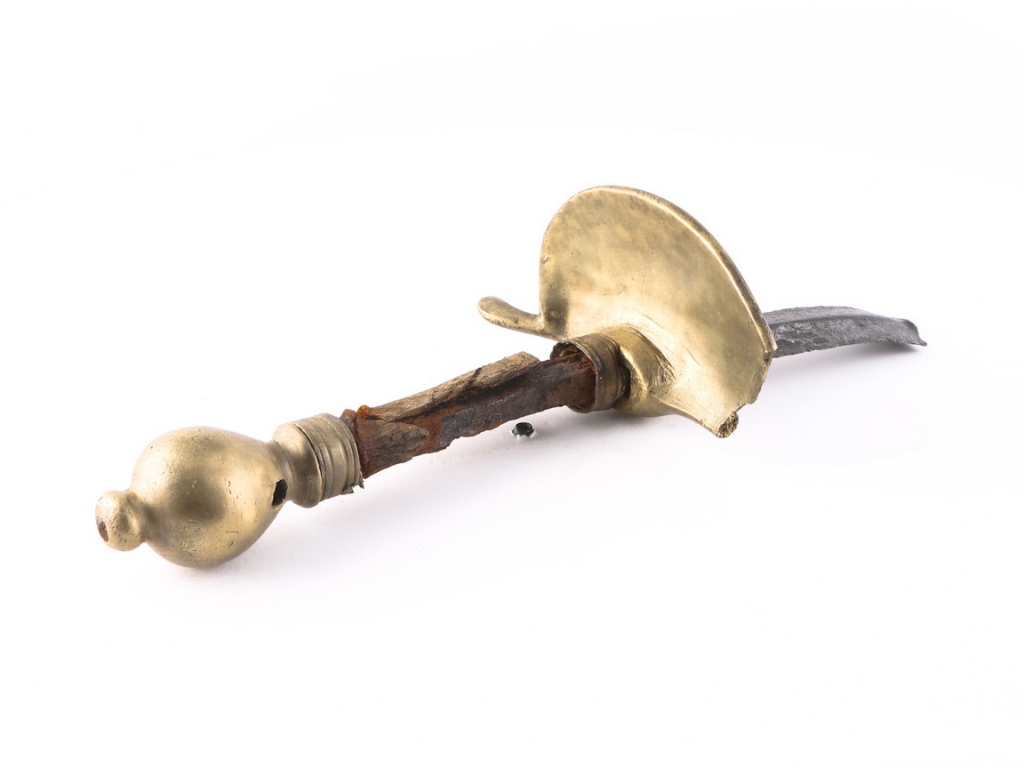
Iron and brass, Intendant’s Palace, 1725–1760. Ville de Québec archeological collection.
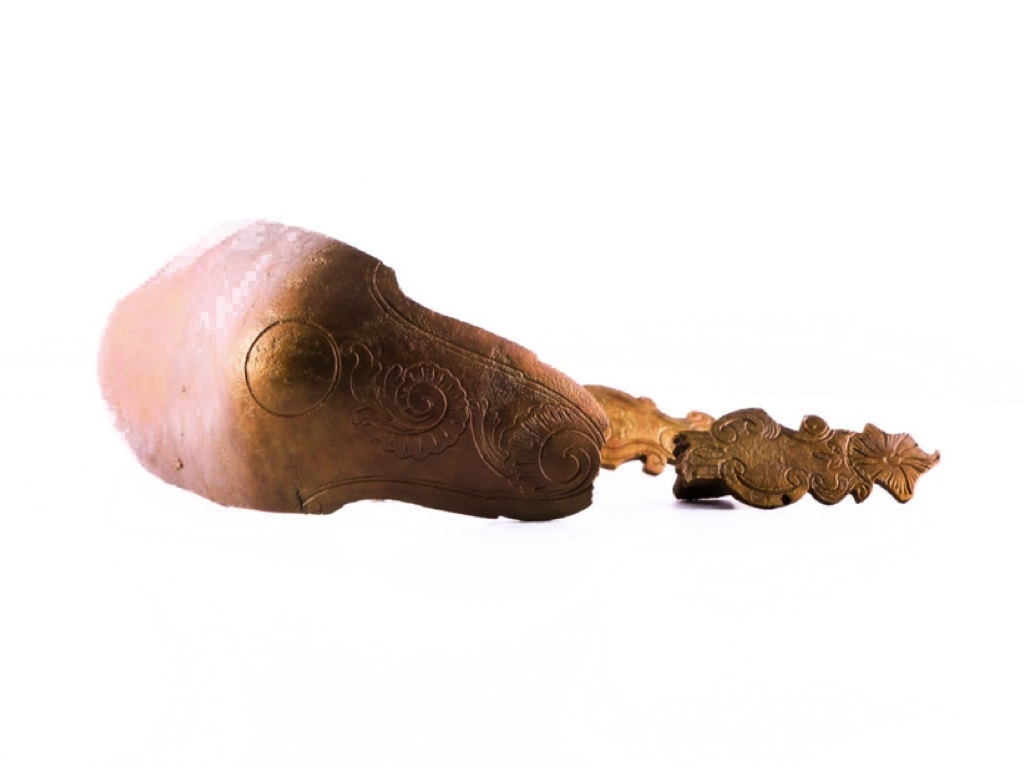
King’s Stores, 1716–1760. Ville de Québec archeological collection.
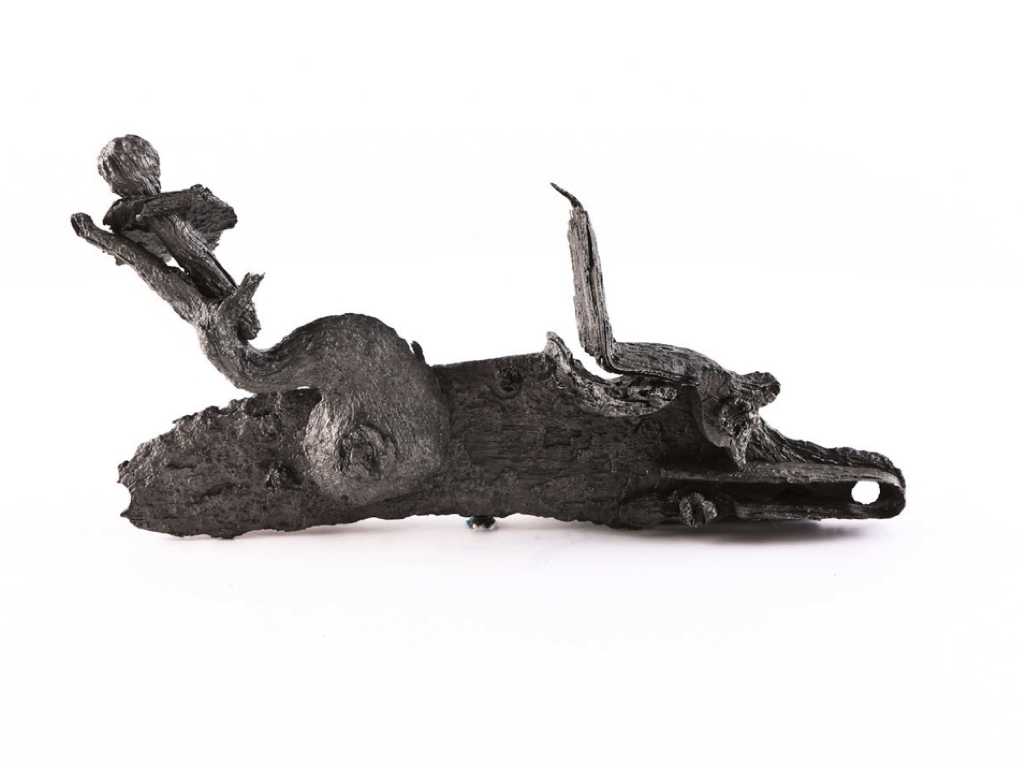
Intendant’s Palace, 1725–1760. Ville de Québec archeological collection.
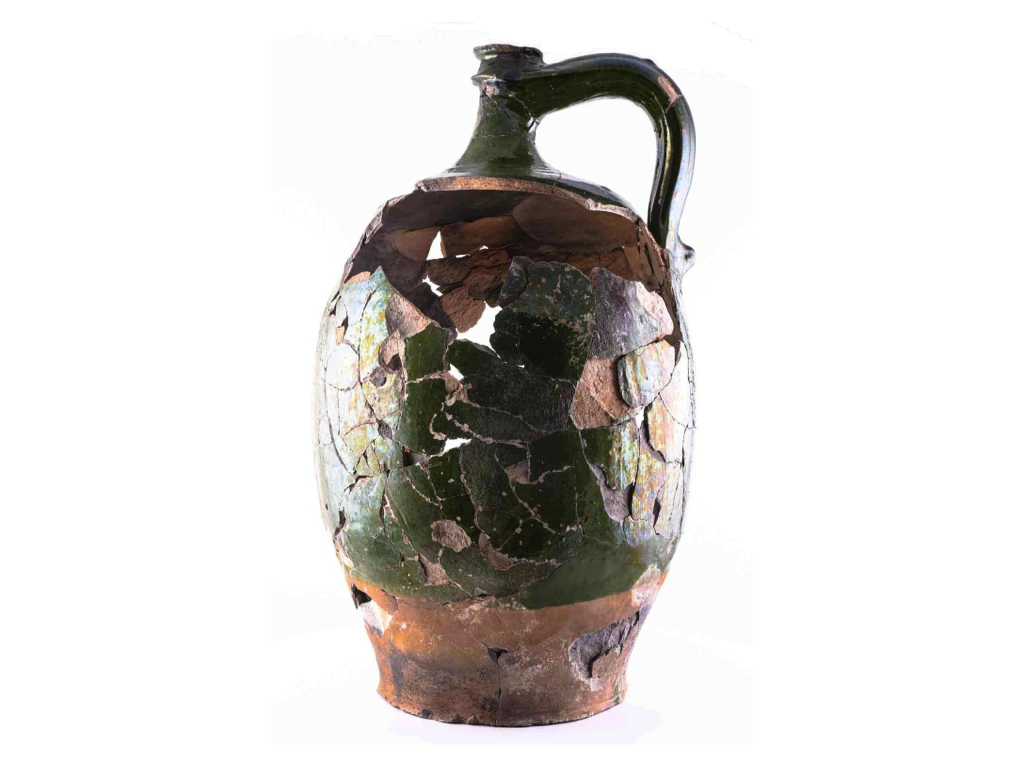
Intendant’s Palace, 1686–1713. City of Québec archeological collection.
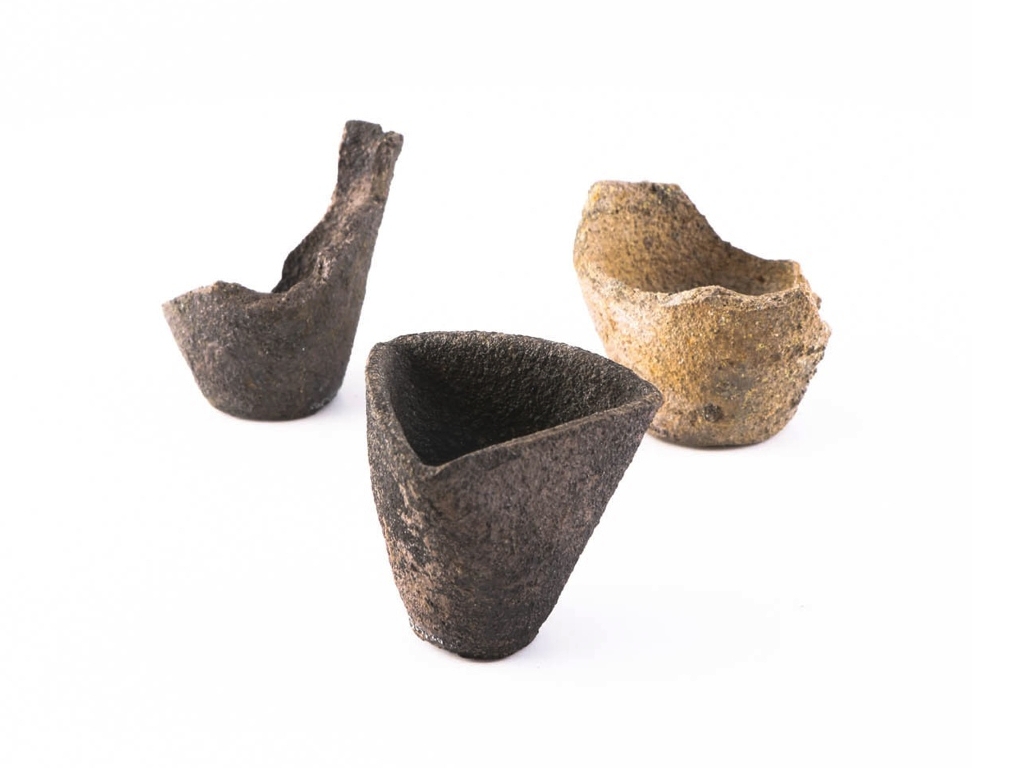
Used to determine the value of precious metals at the Intendant’s Palace and elsewhere in New France, 1725–1760. Ville de Québec archeological collection.
Old pictures